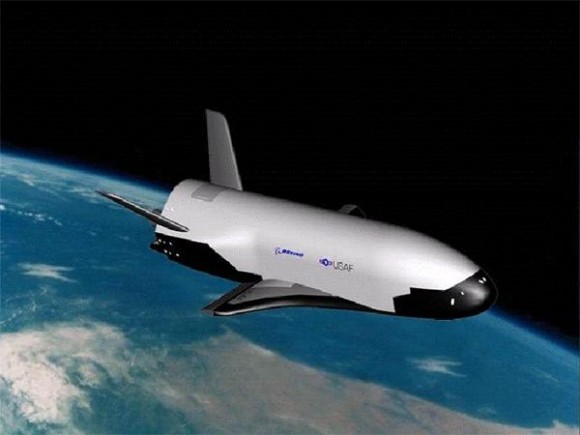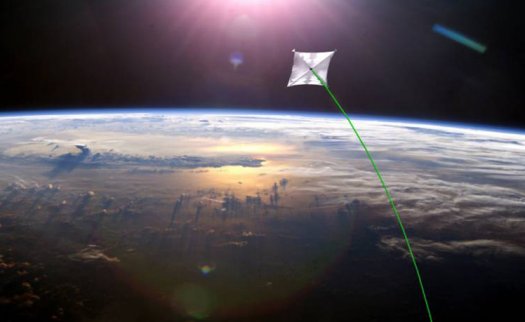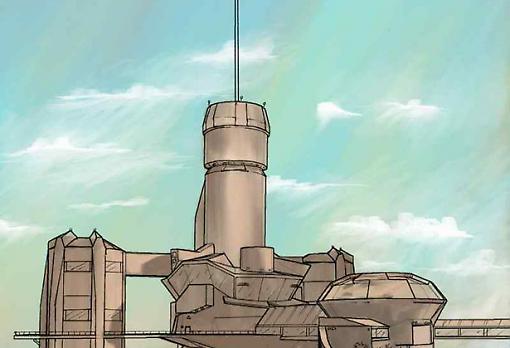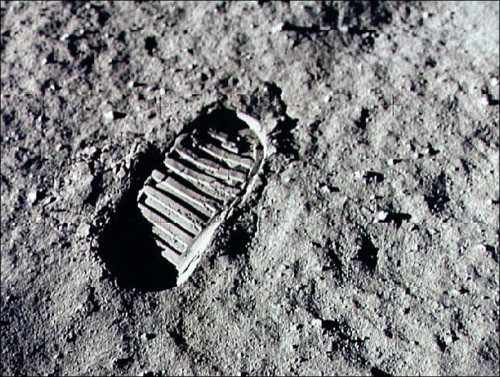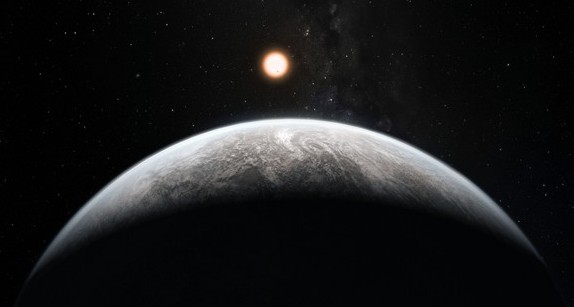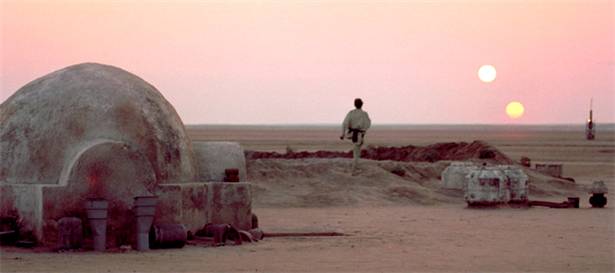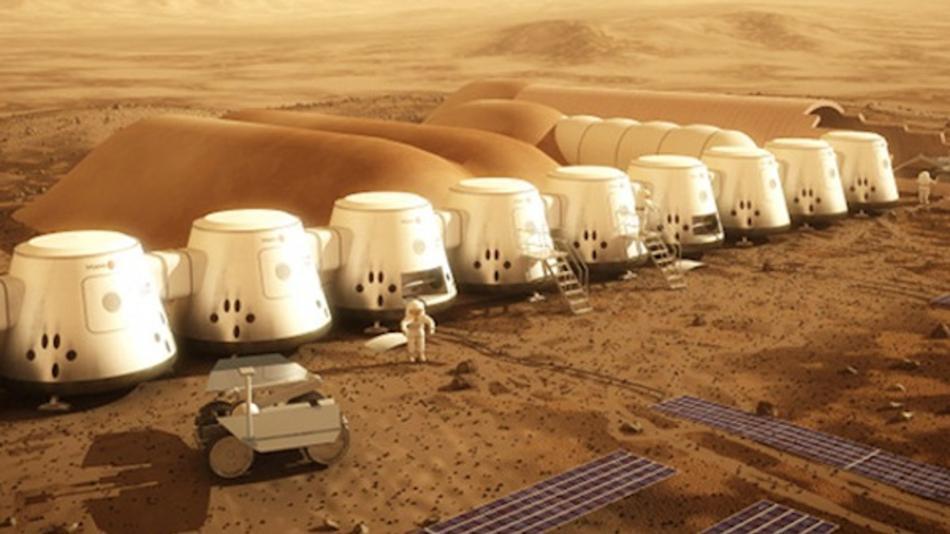
James Fallows speaks with Space Adventures co-founder Eric Anderson on the coming age of space colonization. “One key to making all this happen is that we need to use the resources of space to help us colonize space…The near-Earth asteroids, which are very, very close to the Earth, are filled with resources that would be useful for people wanting to go to Mars, or anywhere else in the solar system. They contain precious resources like water, rocket fuel, strategic metals.”
Along the same lines, and from last June, a Dutch company called Mars One has a very specific timetable in place for Mars colonization. “Lansdorp plans to send another couple of adventurous astronauts to join the colony every two years, but the idea is that no one gets a return journey. This is a permanent base, a Plymouth Rock in an entirely new world that will begin the long, slow and painstaking process of terraforming it.” The first four colonists, set to leave Earth in 2023, will be chosen this year.
Update: So far, it seems, the Mars One project has received 40,000 applications.

